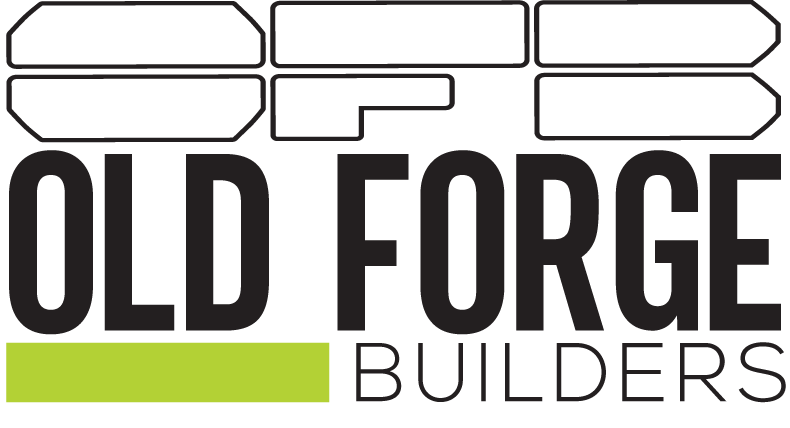Imagine you have the conceptual idea of a perfect facility for your business. You sit down with an architect per the recommendation of a colleague, and the renderings are incredible. You can visualize the impact this space will have on your operation, and you gain a sense of excitement. That is – until the construction proposal is released from the general contractor. They want how much? Did they accidentally add a 0 onto the cost for those finishes?! This situation, while not the norm, arises entirely too often. Thus, Integrated Project Delivery is born.
Integrated Project Delivery, or IPD, is all the different functions of the construction process coming together early in the project lifecycle to make decisions together, involving all expert insights at the beginning. In the case of the shocking cost revelation above, if the project was executed through IPD, the design professionals creating the rendering would understand material cost implications before they need to be redesigned because of price.
It’s a strange reality that all other industries have seen continued optimization as we move through time, however since the 1960’s, the construction industry’s productivity has been steadily declining. The separation of stages in the AEC process creating barriers can be a large reason why.
An important component to remember in this system is the shared interests for all team members (architect, engineer, contractor, key trade subcontractors, and consultants). All parties work as one team and share an agreed profit amongst each other. Looking at this through a lens of the real world, no project is perfect – and not everyone engages well together. To make IPD the “project execution standard,” there are tons of technical and cultural implications that just aren’t suitable for some teams. However, as a whole, IPD eliminates wasted time and resources – and ultimately, adds notable value to the owner.
Thinking about this in application, there is a great deal of trust in the other teams you’re working alongside. It can be challenging accepting that an external firm has control over your team’s profitability in a project—potentially too challenging for some to opt for this delivery method.
Let’s face it, it’s easy to sit back and talk about project delivery in a project that’s not your own. I recently read Transforming Design and Construction, a Framework for Change, and I realized I had an interest in this book because it was provoked from real experiences of the contributors. The concept of IPD isn’t too far off from those who swear by Lean Construction.
With continuous improvement and early stakeholder involvement as primary goals, there are several common links these philosophies hold. It’s hard to think about value created through so many different perspectives, but upholding a Plan Do Check Adjust (PDCA) exercise can help track and enhance efforts of all participants. Especially since all costs are shared, an understanding of how the varying functions forecast and handle cost accounting can be a helpful conversation to revisit also.
Why hasn’t this swept the world yet? It’s slowly but surely gaining traction, but more recently has been entering the NJ market in larger-scale opportunities ($100M+). IPD requires an owner who has a decent knowledge of realistic goals and has some experience under their belt to facilitate a productive discussion among the different phases of a project. While this hasn’t yet been the project approach of my team or many of our competitors, the value potential is real for owners who have the background for it. I write on this topic to emphasize the importance of being mindful of improvements and eliminate inefficiencies, no matter which industry you’re involved in.

